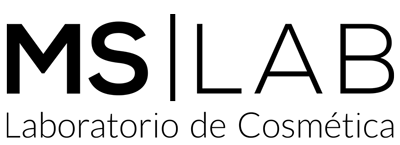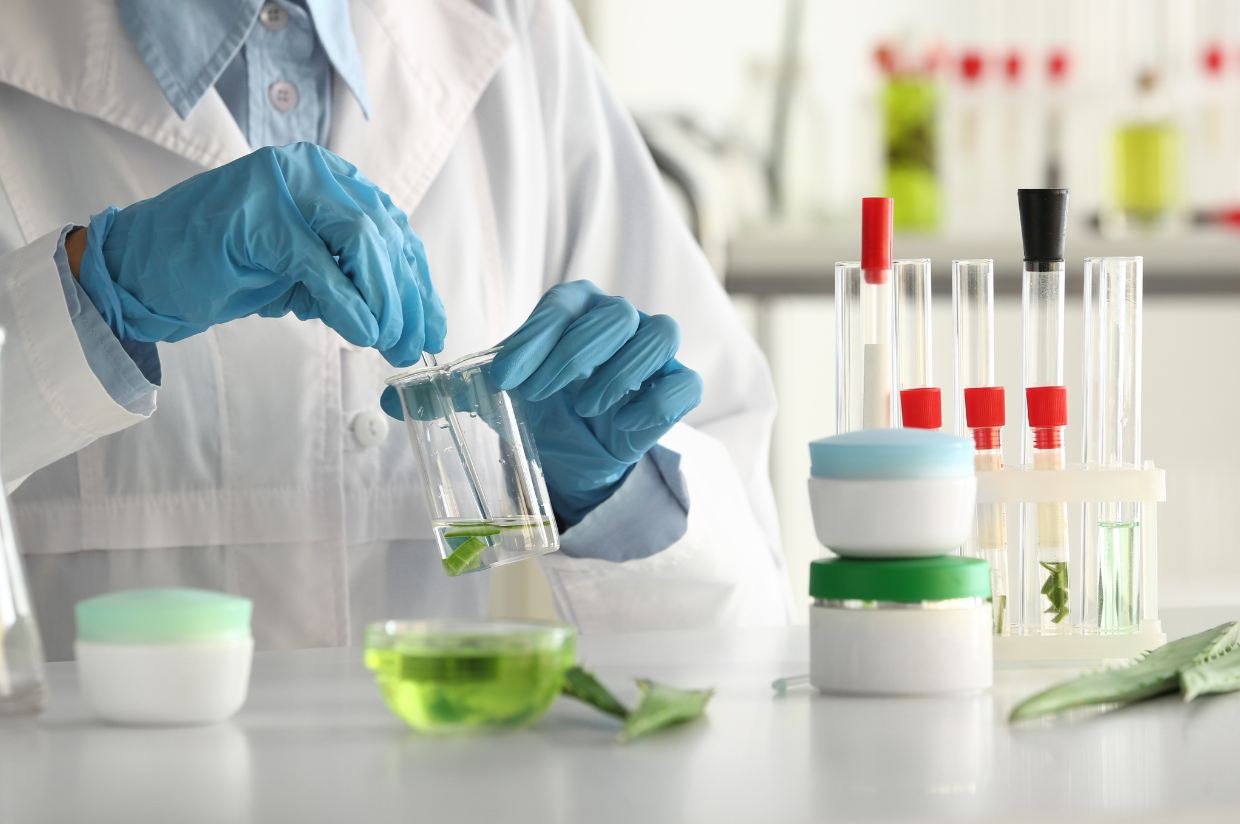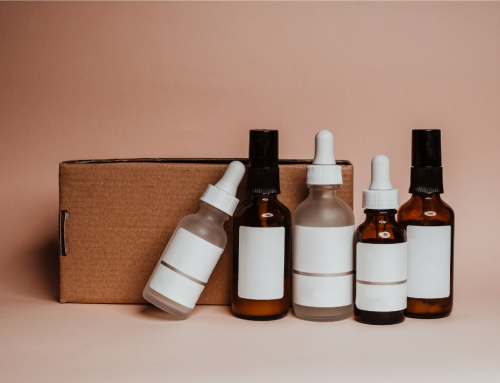What is a Third-Generation Cosmetic Laboratory and Why is It Key for Future Brands?
In a sector as competitive and constantly evolving as cosmetics, the need for strategic partners capable of offering comprehensive, agile, and highly innovative solutions is more critical than ever. In this context, third-generation cosmetic laboratories emerge as a natural evolution from the traditional manufacturing model, redefining the laboratory’s role from mere supplier to strategic partner for emerging and independent brands.
This new approach arises as a direct response to the major challenges facing the industry:
- Reduction of time-to-market
- Adaptation to demanding and changing regulatory frameworks
- Increased demand for sustainability, traceability, and clean beauty formulations
- Need for customization, scalability, and technological support from concept to final product
Third-generation laboratories are not just a response to present needs but a structure designed for future brands. In a market where differentiation, innovation, and speed define success, these laboratories become key players in transforming ideas into competitive realities.
This shift reflects not only technical but also entrepreneurial change in the cosmetic industry. Today, emerging brands seek more than a supplier—they look for a true ally who understands their brand DNA, enhances it with advanced resources, and supports them through every stage: concept, design, formulation, regulatory compliance, production, storytelling, and market positioning.
Thus, third-generation laboratories represent a new category in the beauty-tech ecosystem. These flexible, agile, and collaborative structures go beyond manufacturing: they advise, co-create, and accelerate projects—acting as cosmetic innovation cells focused on strategic brand development.
This model is especially relevant for startups, DTC brands, influencers launching their own lines, or companies from other industries entering the cosmetic market. In every case, these laboratories act as the bridge between concept and execution.
Multidisciplinary teams—combining scientific, technical, and business expertise—enable real-time evaluation of technical feasibility, sensory differentiation, profitability, and storytelling potential. This reduces error, accelerates decisions, and fosters continuous improvement—unachievable in traditional models.
Access to cutting-edge raw materials, digital platforms, and international ingredient databases offers a competitive edge, allowing early identification of trends and development of innovative solutions that truly connect with modern consumers.
A defining trait of these labs is their narrative focus. A third-generation lab doesn’t just ask, “what do you want to make?”—they ask, “what story do you want to tell?” This alignment between technical development and brand storytelling results in coherent, impactful products with deep emotional connections.
Ultimately, third-generation laboratories offer a new vision of cosmetic development—one that is responsive, market-connected, and brand-conscious. They break the fragmented structure of traditional production, unifying formulation, packaging, compliance, and design into a continuous, integrated process.
This structure supports lean but powerful operations, enabling brands to prototype, adjust, and scale quickly. It’s particularly vital in niche segments—like genderless skincare or holistic wellness—that demand rapid testing and high personalization.
Another highlight is democratized innovation. Once reserved for big corporations, tools like AI-driven formulation, patented actives, and clinical testing are now accessible to startups. This levels the playing field and enables real competition with industry leaders.
Scalability is also smarter. Brands can launch with small batches, validate demand, then scale seamlessly with the same partner—preserving consistency in formulation and packaging.
User experience becomes a priority. Third-generation labs emphasize not only efficacy, but also sensory delight—texture, absorption, scent, post-application feel—recognizing that successful products engage both logic and emotion.
In short, a third-generation cosmetic laboratory does more than manufacture—it designs experiences, accelerates innovation, and builds brand value. It becomes a strategic partner, not just a supplier.
Differences Between Traditional and Third-Generation Laboratories
The Traditional Model: A Linear and Inflexible Approach
For decades, cosmetic laboratories followed a conventional model:
- The brand requested a product.
- The lab formulated and manufactured it.
- The process ended at delivery.
This model works for large-scale, standardized production but presents limitations:
- Low flexibility for adapting to evolving consumer needs.
- Bureaucratic, fragmented processes that delay innovation.
- Siloed functions: no integration between R&D, branding, and marketing.
- Limited customization, particularly for small/niche brands.
- Lack of strategic insight into positioning or long-term brand goals.
The Third-Generation Laboratory: Innovation and Strategic Partnership
By contrast, third-generation labs operate as OEM/ODM partners and offer full-spectrum services, including:
- Co-creation from concept to shelf.
- Agile, small-batch production with scalability.
- Trend-based development with unique claims and ingredients.
- Integrated support: regulatory, marketing, branding.
- High-tech environments that fuse science, creativity, and strategy.
These labs enable startup-like agility with enterprise-grade execution.
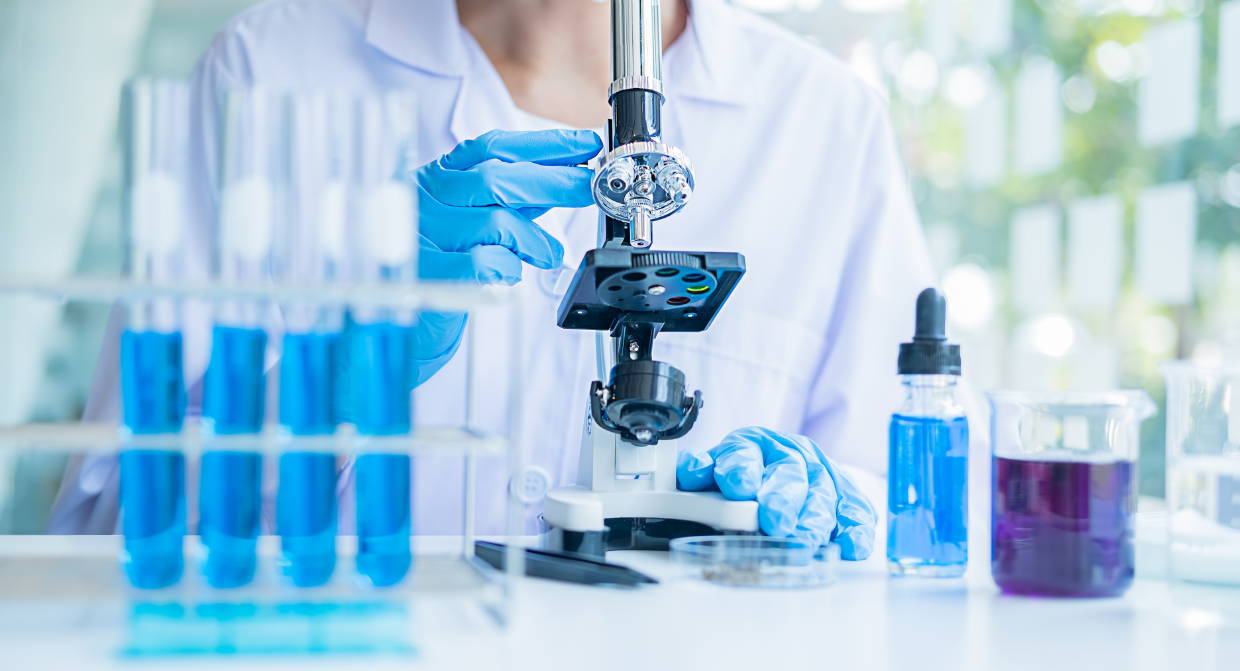
Automation, Sustainability, and Technology: Pillars of the New Model
Automation for Traceability and Efficiency
Automation ensures:
- Real-time tracking of inventory and raw materials.
- Monitoring of critical variables (e.g., pH, viscosity, temperature).
- Automated quality control at every production stage.
- Instant generation of compliance reports for regulators and partners.
This boosts production accuracy, shortens timelines, and lowers error risk.
Technology in Formulation and Innovation
Third-generation labs use advanced tools to:
- Employ AI to analyze trends and predict behavior.
- Use molecular simulation to test active combinations.
- Leverage biotechnology for sustainable, high-performance actives.
These tools enable faster, more precise, and impactful product creation.
Sustainability as a Core Standard
These labs go beyond “natural”—they embed sustainability in every layer:
- Clean formulations without microplastics or controversial chemicals.
- Certified ethical practices (e.g., ECOCERT, COSMOS, cruelty-free).
- Low-impact manufacturing using renewable energy and water-saving processes.
- Transparent sourcing and circular economy models.
This empowers brands to deliver authentic sustainability messages that resonate with modern consumers.
Advantages for Independent Brands and Cosmetic Startups
For entrepreneurs and new brands, third-generation laboratories represent a paradigm shift. Large budgets and technical expertise are no longer necessary to launch a cosmetic line with high-quality standards. This new model democratizes access to innovation and provides comprehensive support from day one.
Agility and Flexibility
One of the main advantages lies in the agility with which an idea can be transformed into a finished product. Thanks to agile methodologies and multidisciplinary teams, laboratories can quickly validate prototypes, adjust formulas, and define positioning strategies without depending on rigid structures or slow decision-making processes.
Furthermore, they offer resources that enable competition with major brands: access to innovative active ingredients, cutting-edge sensory technology, smart packaging, and ingredients with high functional and communication value. This is key to creating products that stand out not only for what they do but for what they represent.
Beyond Technical Support
The support provided extends beyond technical aspects. Guidance is also offered regarding regulations, certifications, brand strategy, distribution channels, and scalability. Thus, the laboratory becomes a true extension of the startup’s team, covering areas from compliance to product marketing.
Contractual Flexibility
Another valuable aspect is contractual flexibility. While traditional models require high production minimums and long-term commitments, third-generation laboratories operate under more dynamic frameworks, ideal for pilot launches, cosmetic MVPs, or proof-of-concept projects.
Consumer-Centric Approach
A deep understanding of today’s consumer values allows these organizations to propose solutions that align with what new generations seek: transparency, purpose, sustainability, and authenticity. Brands that start with this foundation are better prepared to scale without losing their essence.
Key Operational Benefits
Third-generation laboratories are specifically designed to serve brands that don’t fit into traditional high-volume or generic production frameworks.
Human-Scale Production with Scalable Vision
- Manufacturing of minimum batches without penalties
- Adaptability for reformulations or adjustments based on market testing
- Progressive scaling as demand grows
Reduced Time to Market
- Agile methodologies in the development phase
- Accelerated prototyping and internal testing capabilities
- Access to exclusive raw materials without long wait times
360° Technical and Strategic Support
- Regulatory and legal guidance from the start
- Provision of market insights and differentiation strategies
- Design, storytelling, packaging, and scientific marketing capabilities
Laboratories That Understand Branding and the End Consumer
Unlike traditional suppliers, third-generation laboratories comprise multidisciplinary teams that include marketing, design, and strategy professionals. This enables:
- Creating products aligned with brand identity
- Ensuring consistency between formulation, sensory experience, and communication values
Identifying positioning opportunities in specific niches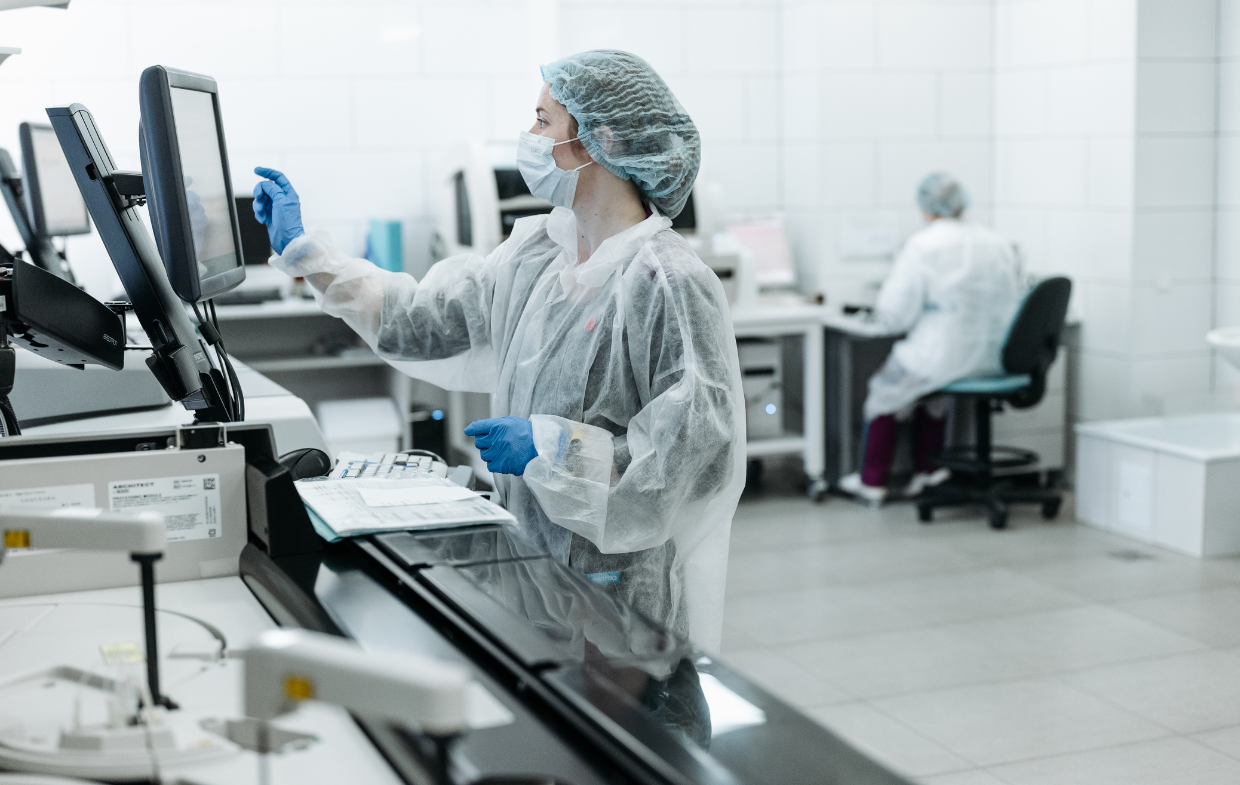
Comprehensive Services: From Concept to Shelf-Ready
One of the greatest benefits offered by a third-generation cosmetics laboratory is its ability to provide an end-to-end solution. This allows brands to confidently delegate the most complex phases of cosmetic development, focusing on their strategic vision and connection with their audience.
Strategic Conceptualization
From the initial conceptualization stage, these laboratories work alongside brands to define the purpose of each product. It’s not just about creating a cream or serum, but designing an experience that reflects the brand’s values and meets both the functional and emotional expectations of consumers. This process includes market analysis, insight validation, and defining the customer journey.
Technical Development
All technical development is managed:
- Ingredient selection
- Evaluation of compatibility between active ingredients
- Development of efficacy and stability tests
- Preparation of technical documentation for regulatory compliance across multiple countries
Advanced laboratories have internal regulatory affairs departments, ensuring safe and frictionless commercialization.
Design and Branding
These laboratories collaborate with creative agencies or have their own teams that manage all visual aspects:
- Brand identity design
- Creation of e-commerce materials, catalogs, and physical displays
This coherence between product and presentation strengthens brand positioning from the first consumer contact.
Logistics and Distribution
Logistics management is essential for emerging brands. Some laboratories offer:
- Fulfillment services
- Dropshipping
- Stock management
- Coordination with marketplaces or DTC platforms
This enables brands to scale operations without building their own logistics infrastructure.
Ongoing Education
Many third-generation laboratories include training sessions for founders or marketing teams. These sessions help understand:
- Consumer behavior
- Emerging trends
- Sales channel opportunities
Thus, the laboratory not only develops products but also enhances the brand’s long-term growth.
360° Service Model
The value of a third-generation laboratory is evident in its 360° service model, allowing brands to focus on commercial growth while the laboratory manages the entire technical and operational chain:
Phase 1: Strategic Conceptualization
- Co-creation workshops
- Market research and benchmarking
- Selection of claims, target audiences, and categories
Phase 2: R&D and Prototyping
- Custom formula design
- Sourcing of differentiating active ingredients
- Sensory evaluation, stability, and compatibility testing
Phase 3: Visual Development and Branding
- Primary and secondary packaging proposals
- Naming, label design, and commercial presentations
- Integration with digital strategy and social media
Phase 4: Production, Certifications, and Logistics
- In-plant quality control and safety testing
- Certification processing (ISO, CPNP, FDA, etc.)
- Storage, traceability, and outsourced distribution
Use Cases and Real Examples
- DTC startups launching with a single flagship product
- Brands exploring functional cosmetics or nutricosmetics with innovative actives
- Traditional companies entering sustainable or genderless cosmetics
Conclusion
The future of cosmetics demands speed, precision, and a comprehensive approach that combines science, design, strategy, and environmental commitment. In this context, third-generation cosmetic laboratories emerge as key allies for brands seeking to compete with high-value products without sacrificing flexibility and customization.
It’s no longer just about manufacturing—it’s about creating relevant brands, memorable products, and experiences that connect with consumers from the first touchpoint.
At MS Cosmetics Lab, we combine automation, technical expertise, and design to turn ideas into real products. We are your third-generation OEM/ODM partner. Ready to launch your next innovation?
